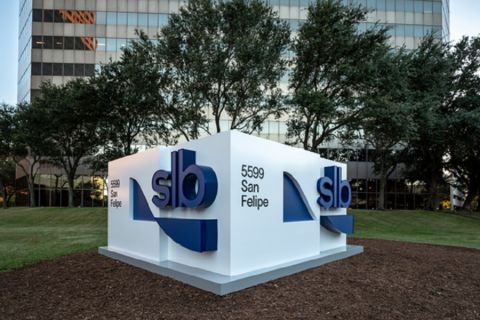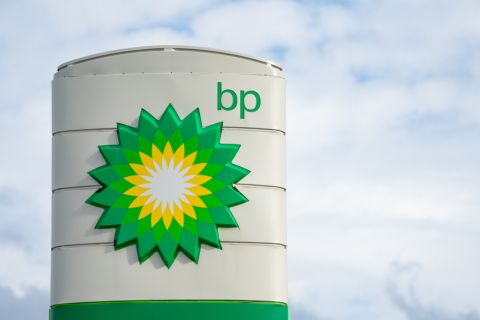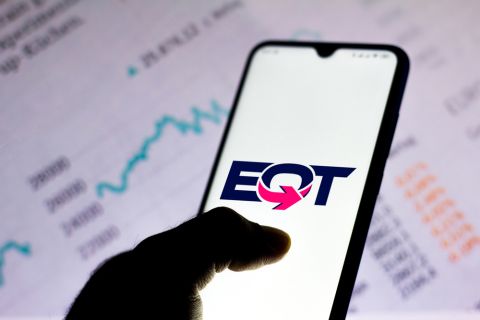Tuning in for an online webcast can be a time-consuming and not always very rewarding effort. But there are times when they can be very enlightening – and you don’t have to get on a plane, either.
Listening to a presentation by Aker Solutions’ business leaders at the company’s Capital Markets Day in December, it was very hard not to get excited by the prospects they outlined for themselves and the wider industry as a whole.
The main offshore trends going forward are already pretty clear: increased demand for oil and gas, greater complexity, deepwater and harsh environments, declining production, increased recovery, and extending the lifetime of existing fields. According to Aker, the resulting priorities for it as a company are also pretty clear: offshore and remote frontier exploration, the Arctic and LNG, deep water, subsea infrastructure, FPSOs, ultra-deepwater rigs, CO, EOR and IOR, subsea processing and boosting, late life modifications, subsea tiebacks, and light well intervention.
The company flagged the latest global E&P capex spend forecast (onshore and offshore) from Barclays Capital Equity Research, which noted the strong rebound for the upstream market in 2011, expected to continue upward and hit US $604 billion in 2012 and $644 billion in 2013.
The offshore global E&P capex and opex spend figure is equally encouraging for 2012, coming close to $350 billion and on a clear long-term continuous growth trend with a predicted compounded annual growth rate of 10%. By 2017 the figure will be nearing $550 billion, said Aker, quoting analyst Rystad Energy’s forecasts. By far the biggest slice of these figures is taken up with development and well capex, according to Rystad.
A glance at the top-spending countries over the next five-year period from 2013 to 2017 also reveals one or two surprising members. It is of little shock that Brazil sits at the top with an expected total offshore E&P spend of around $250 billion, while just behind it with a forecasted figure of $220 billion is Norway. In third place is the resurgent US with $190 billion for the same period, with Australia in joint fourth on $150 billion alongside the perhaps slightly less expected UK sector. For those who like figures, Angola was fifth at $100 billion, Malaysia sixth at $75 billion, and again, perhaps a little surprisingly, India landed in seventh place with a forecasted $40 billion.
According to Aker, despite the increasing emergence of independents in frontier areas around the world, it is the majors that occupy the dominant spending seats offshore. Reflecting the above spend figures for Brazil, Petrobras lies atop the pile with a forecasted offshore spend for 2013 to 2017 of around $200 billion, some $60 billion ahead of the next biggest spender, Statoil. The top 10 list of majors is a familiar one after that too, with the companies in descending spending order being Shell, Chevron, ExxonMobil, BP, Total, Pemex, Eni, and Saudi Aramco.
The title of this column is “Offshore Advances” according to the above figures, that is precisely what this industry is doing. Long may it continue.
Recommended Reading
SLB’s ChampionX Acquisition Key to Production Recovery Market
2024-04-19 - During a quarterly earnings call, SLB CEO Olivier Le Peuch highlighted the production recovery market as a key part of the company’s growth strategy.
PHX Minerals’ Borrowing Base Reaffirmed
2024-04-19 - PHX Minerals said the company’s credit facility was extended through Sept. 1, 2028.
BP Restructures, Reduces Executive Team to 10
2024-04-18 - BP said the organizational changes will reduce duplication and reporting line complexity.
Matador Resources Announces Quarterly Cash Dividend
2024-04-18 - Matador Resources’ dividend is payable on June 7 to shareholders of record by May 17.
EQT Declares Quarterly Dividend
2024-04-18 - EQT Corp.’s dividend is payable June 1 to shareholders of record by May 8.





